A-Level Artwork (2018-2020)

- A-Level Artwork (2018-2020)
- iGCSE Artwork (2016-2018) “Fragments”
- MINICUADRO by David Fernandez Saez (2010)
- L’Adoration du veau (The Adoration of the Calf) by Francis Picabia (1941-1942)
- Realism with Oil Paint by me
- Road With Trees by Vincent Van Gogh (1888)
- Black Mask (Masque Noir) by Joaquin Torres Garcia (1928)
- Edward Hopper
- Natural Sky light
- Landscape photography based on the City
- Landscape photography based on Nature
- Landscape Abstract Print
- Christina’s World by Andrew Wyeth (1948)
- Jeff Wall Photography
- Coloured Realism
- Studies of Human Figures from Life
- Françoise Nielly – Layering techniques and colour contrast studies
- The Final Piece
Studying how light impacts the perspective of emotion












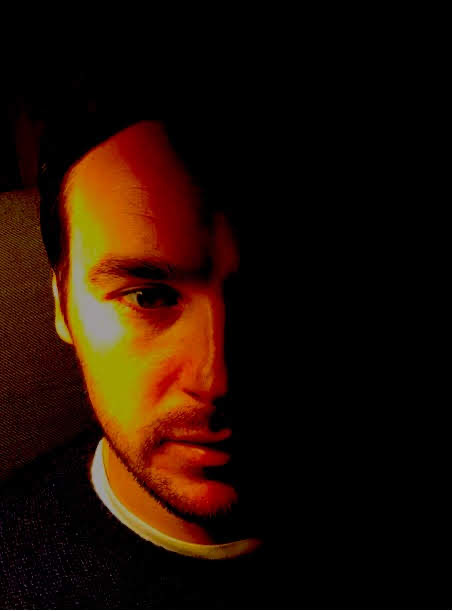



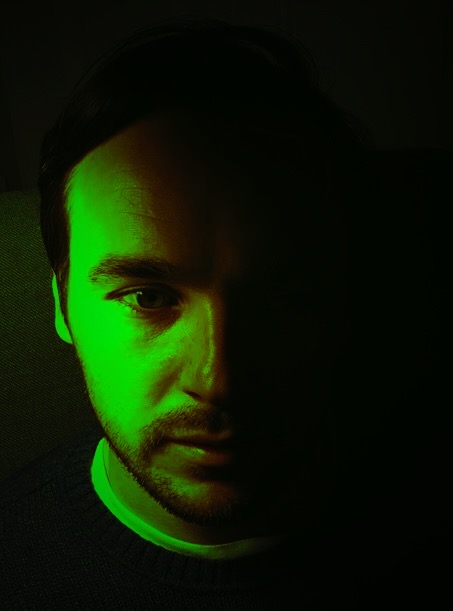




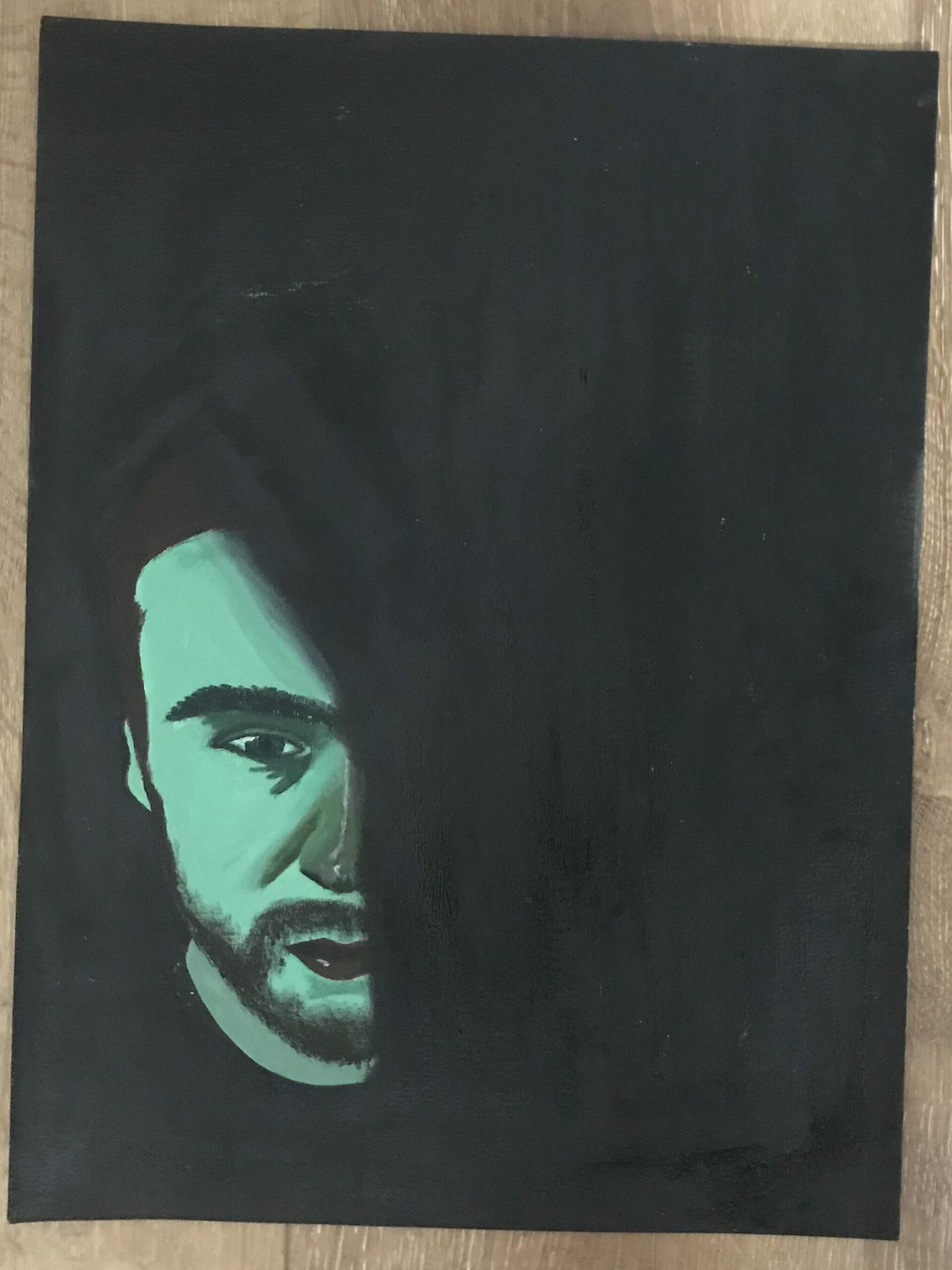
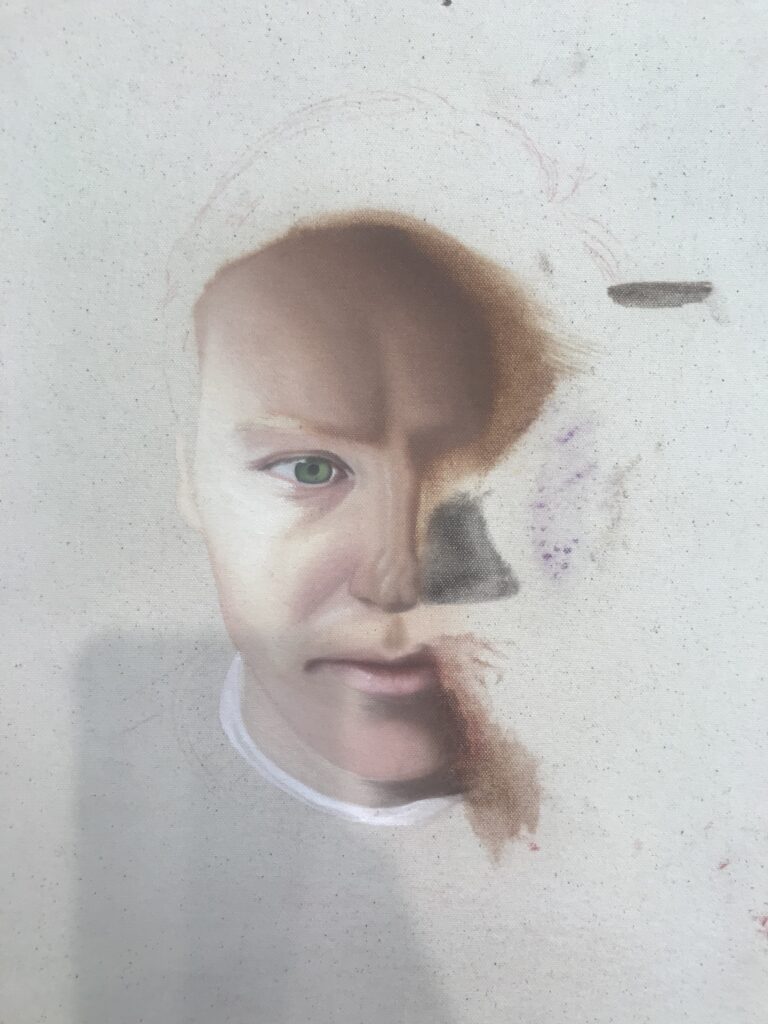








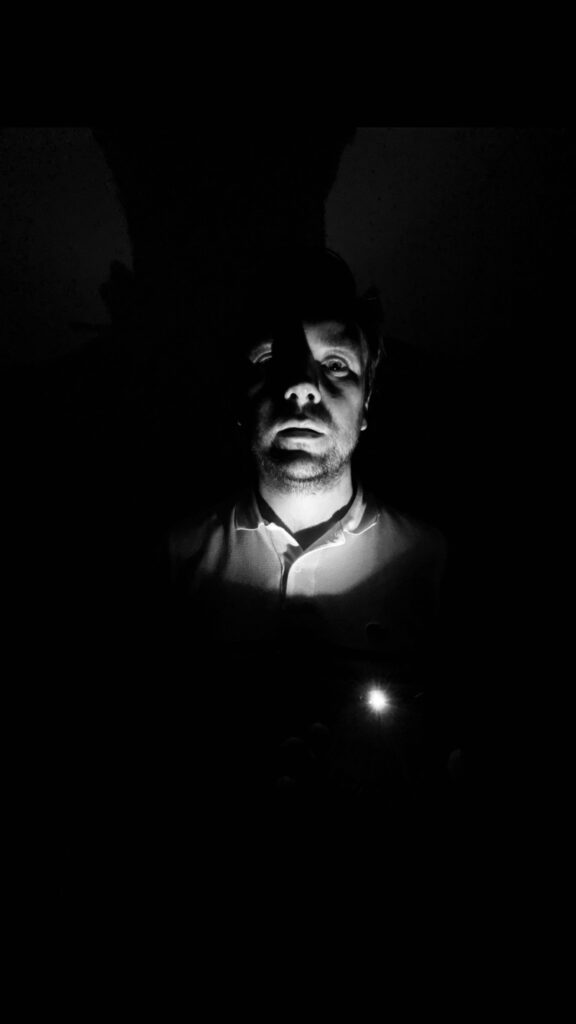


Black and White Photography
Coloured Realism
iGCSE Artwork (2016-2018) “Fragments”
Unfortunately due to losing a truck load of boxes while moving house in 2020, I have lost a lot of my artwork so apologies in advance for the quality of images and lack of evidence of work.
For the topic “Fragments” I researched into time, emotion, pieces of objects and locations.
MINICUADRO by David Fernandez Saez (2010)
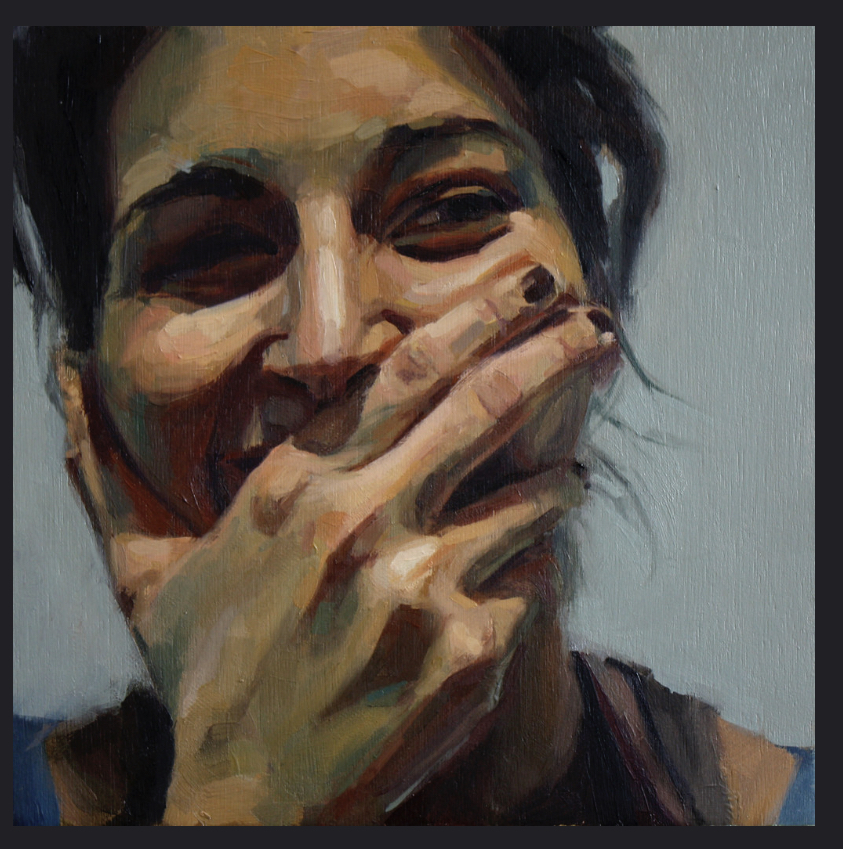

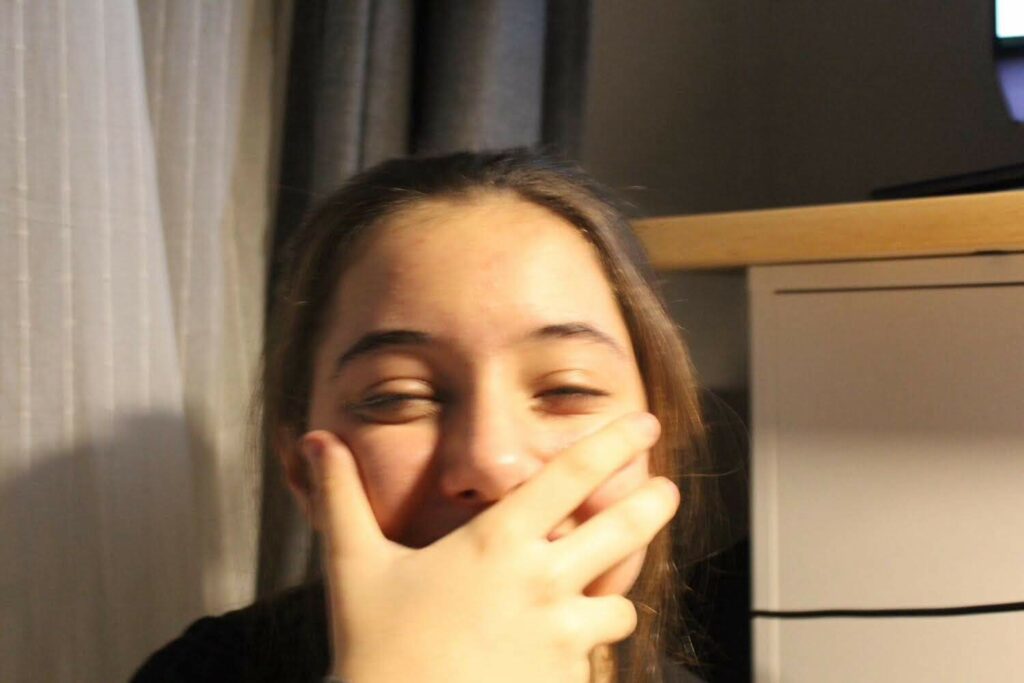


These photos were taken in order to recreate the same lighting and emotion as the painting by David Fernandez Saez.
In the painting, the joy that is expressed shows genuine emotion, especially with the hand over the face as this shows the spontaneous position of the hand as it’s a natural unconscious position.
The composition being a close perspective of the hand gesture and facial expression gives a strong emphasis on the emotional expression being represented.
There’s a strong contrast in light and dark to create depth and the dynamic of the paint that captures the movement and spontaneity.
Furthermore, the deep shadows add a dramatic effect and adds more engagement for the viewer’s eye.
The conclusion is the artist’s technique balances technical skill with emotional authenticity, creating a work that feels both carefully crafted and spontaneously captured.
I choose this piece of artwork to study from for the topic, Fragments, as I saw it as a fragment of time and emotion. Nothing is permanent and here it shows a fragment of a moment of joy that is captured through paint.




After recreating the work piece as close as I could to my own self mimicking the emotion displayed, I realised it stil wasn’t genuine enough as I was forcing myself to laugh to try and recreate a genuine moment. To conclude this I took candid photos of my friends where they least expected my next action. This being a joke, silly face etc. Coincidentally, the automatic response was to put their hand near their mouth, expressing that spontaneous and genuine reaction I was looking for, for my research. These emotions expressed are fragments of a moment of how one can feel, where it can easily change within time.
L’Adoration du veau (The Adoration of the Calf) by Francis Picabia (1941-1942)

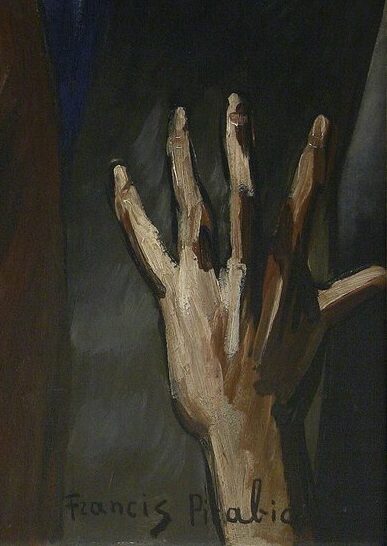
Here, I selected this artwork by Francis Picabia as I was researching into power and found his artwork rather intriguing due to it’s complexity yet undeniably apparent features.
The calf or bovine figure would typically be a symbol of worship or reverence. In this piece it immediately evokes a submissive energy where it has reversed the roles. An animal that is controlled by Human’s but in this piece it is the cow that is in control. Francis Picabia purposely placing the head of a dead calf on top of a classical torso that is draped with fabric where this could possibly be referencing Hitler due to the timeline of creation and symbolic meaning of power. Even though Francis Picabia was resolutely apolitical artist, it’s hard not to read the painting as a cynical vision of worship and possibly even of false idols. The work is as though it’s an engagement with contemporary politics.
The technique of chiaroscuro being used to grab the viewer’s attention solely to the cow, draped fabric and hands. The strong use of shadow on one side of the face to create an uneasy feeling, foreboding the tension, mystery and power of the animal.
The same technique being used to make the hands where it’s highlighting the emotion being expressed within the hand postures. A gesture of entreaty, desperation and weakness. The hands emerging from below suggesting bodies that are out of sight and inferior to the cow. The use of this height difference symbolising great power that these hands can’t control.
The quickened use of the brush strokes intensifies the sense of urgency and desperation. Furthermore, the use of the technique anthropomorphism where Francis Picabia is projecting human traits onto a cow to create a deeper meaning for all viewers to see from an outside perspective. This being suspected to be Germany’s control (Hitler) over the war.


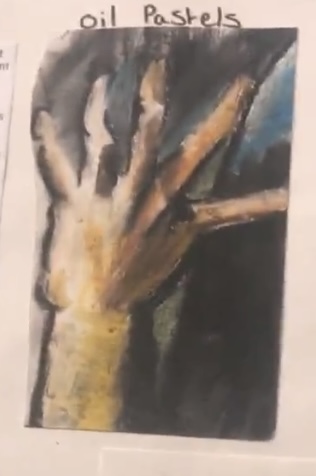
Unfortunately I only had a video of me flipping through my artwork so the screenshot is not the best quality I can show of my art piece.
As seen above I have taken a section of the painting where a hand is desperately reaching out. The reason I chose this specific section of the painting was for my final piece. I wanted to show the story of the struggles of certain societal issues in Ireland.
Northern/North of Ireland is the country with the highest amount of suicides in all of Europe. Many people believe that the troubles ended in the 90s but that’s far from the truth. An agreement came in 1998 but that doesn’t mean there hasn’t been any conflict since. Even after the agreement there was still a war going on in the 2000s. Cars to this day are still receiving petrol bombs as a form of political protests. Growing up hearing stories of people no more than a decade older than me going through extreme atrocities or even still hearing how that one boy died from an overdose at the age of 12 because he lost his parents to the chaos that surrounds the country. Consistently being drugs and violence.
This desperate hand reaching out represents a cry for help. Something I want to pursue in my project later on to represent the same energy and tone.
From the painting by Francis Picabia I drew the hand and recreated it using oil pastels. This keeping that “rushed” and “rough/jaggedy” look to it while still showing a deep contrast of colour. Additionally adding texture to exagerarte the emotion represented.
Realism with Oil Paint by me


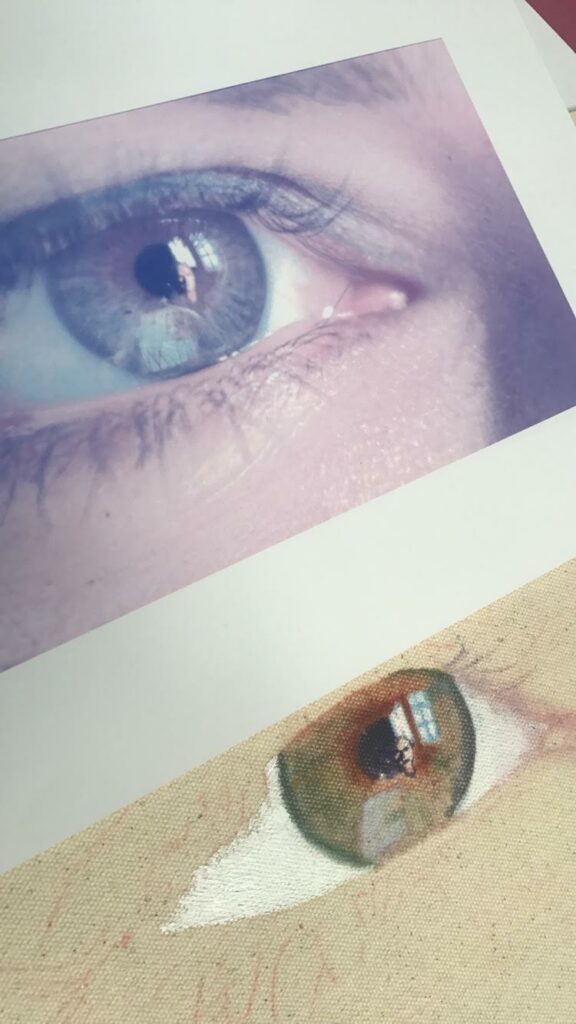

In my opinion, the eye is the most fascinating part of the body. It reflects and absorbs light as well as colour. The eye itself is unique to each person similar to a finger print. Everything as an experience is captured with your 5 senses, but sight is the strongest sense as it’s what brings graphic memories and visuals.
Due to this I was really keen on painting on an eye and it wasn’t noticeable until I started painting that I saw a man in the eye’s reflection. I tried to steer away from the focus being the reflection of him as an image, as I wanted the main focus to be the colour depth and lighting of the eye.
When discussing a fragment of time, emotions etc. It is all linked to the eyes. What you see, what you photograph, what you paint and further create is mostly all with the eyes.
Road With Trees by Vincent Van Gogh (1888)



This piece of artwork was chosen to improve the usage of the material ink on paper as well as the acknowledgment of the style post-Impressionism. Vincent Van Gogh is famous for his paintings yet his sketches tend to go unnoticed due to the popularity of the paintings. The subtle brush strokes and the simplicity was what I greatly admired of this work.
Furthermore, this was where I wanted to start my studies on nature. Nature to me is an important fragment of this world. It’s what created these moments and time itself so why not highlight that?
This sketch greatly inspired my later work.
Black Mask (Masque Noir) by Joaquin Torres Garcia (1928)


Edward Hopper










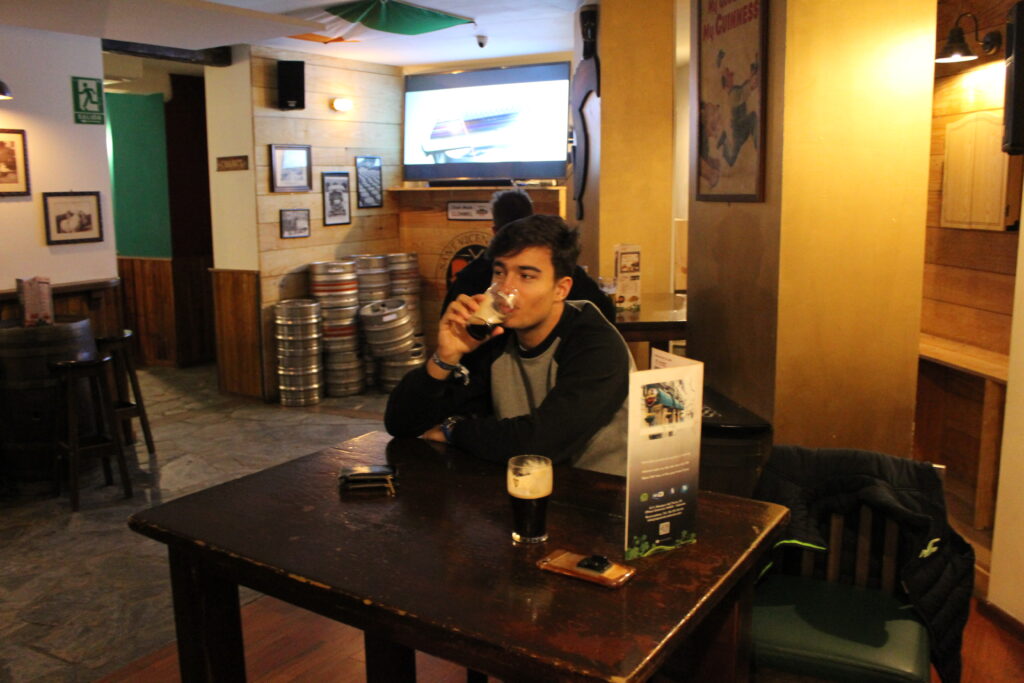
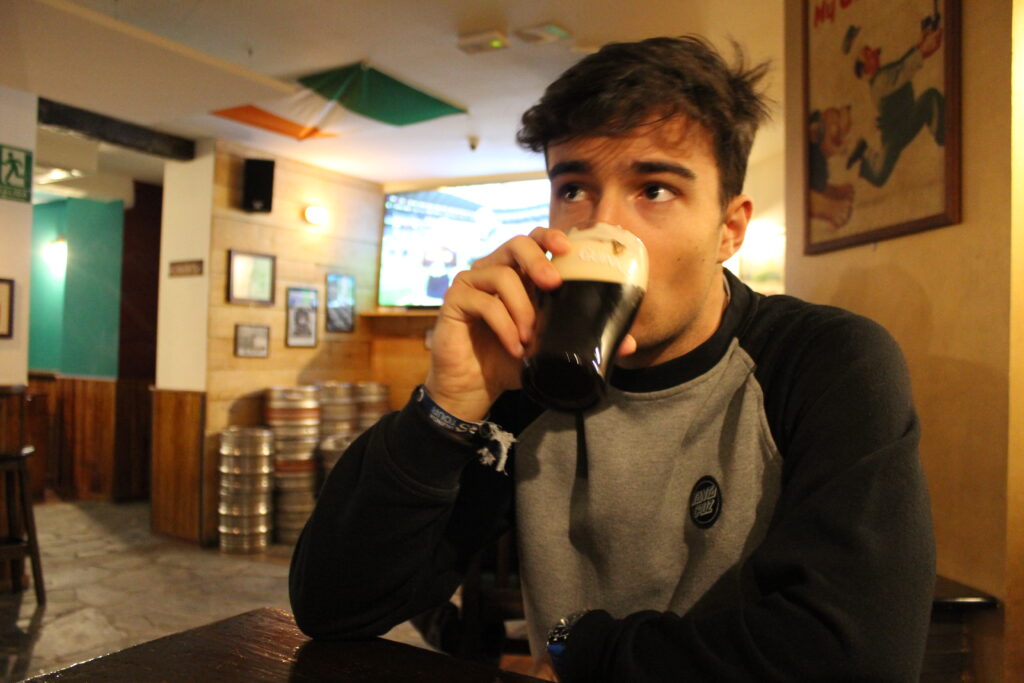



Natural Sky light




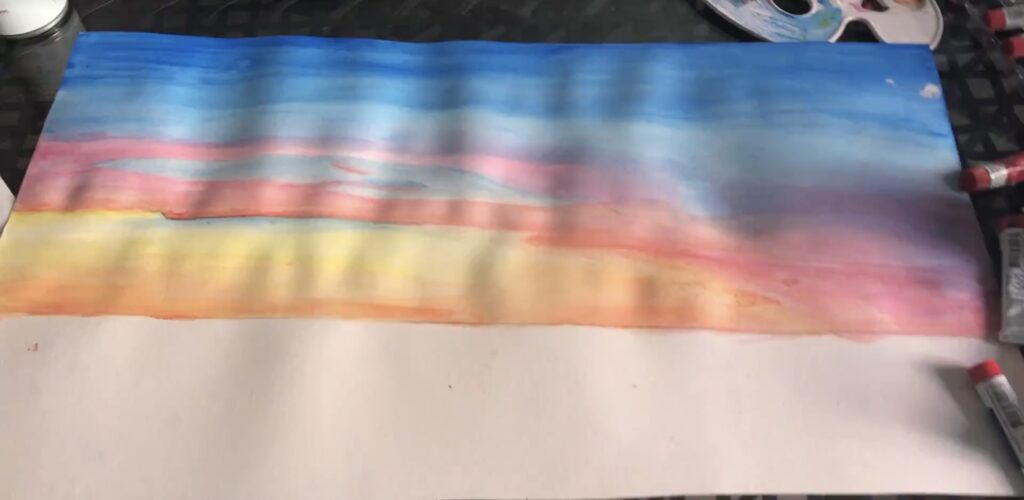
Landscape photography based on the City








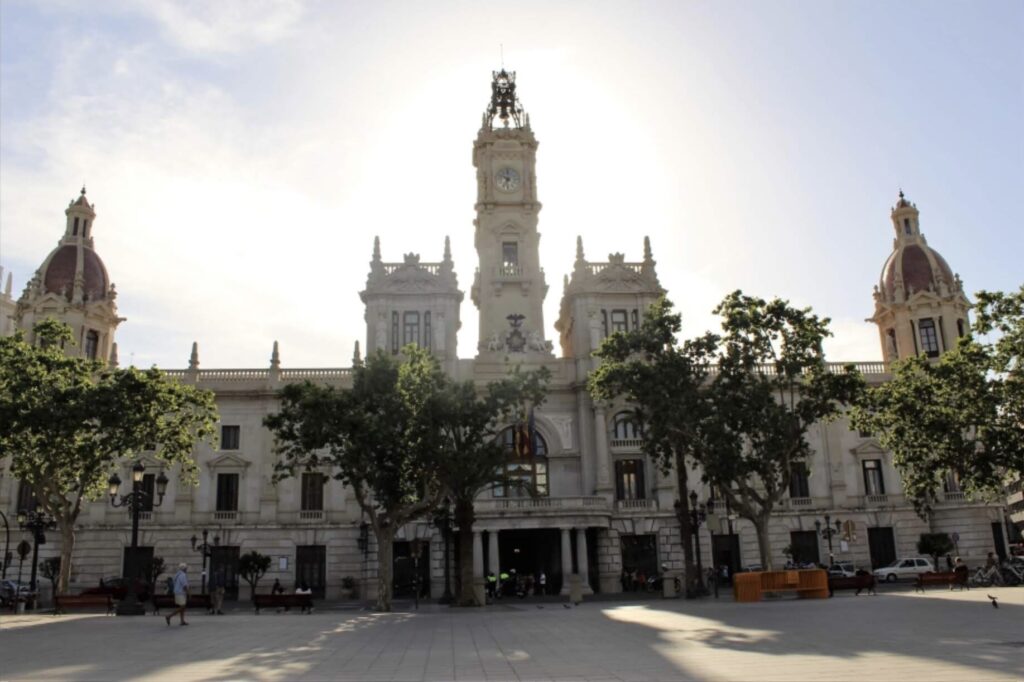
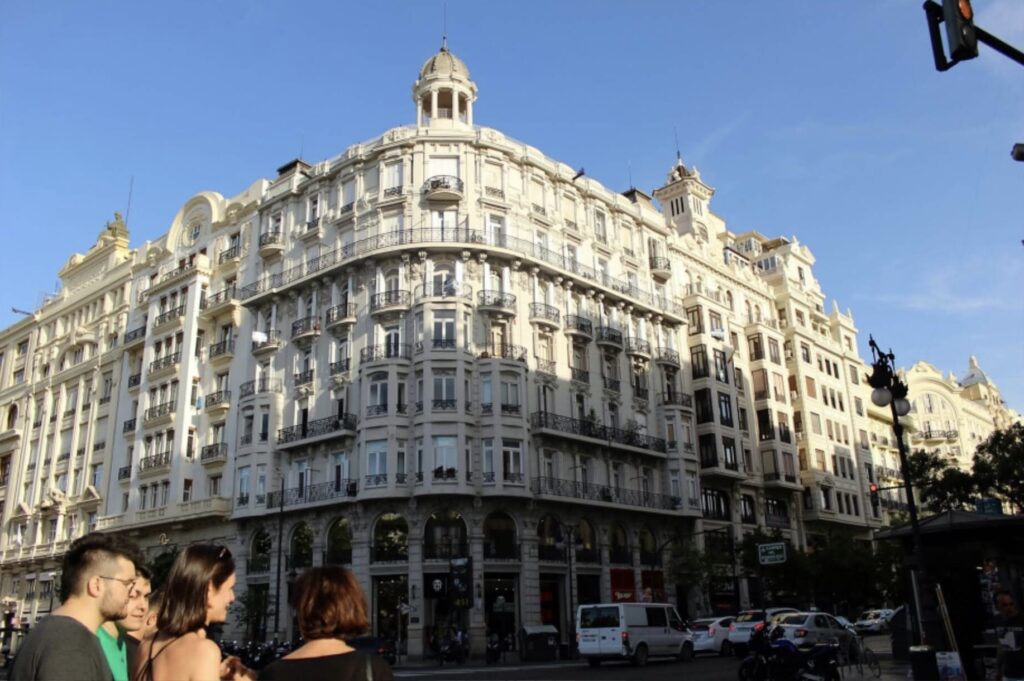











Landscape photography based on Nature




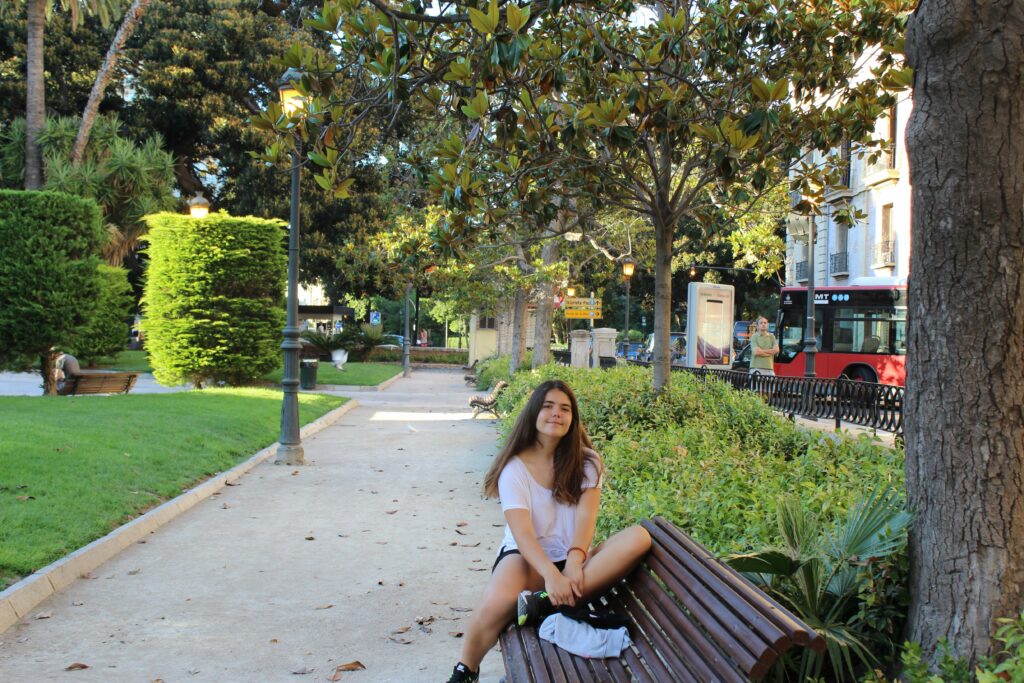














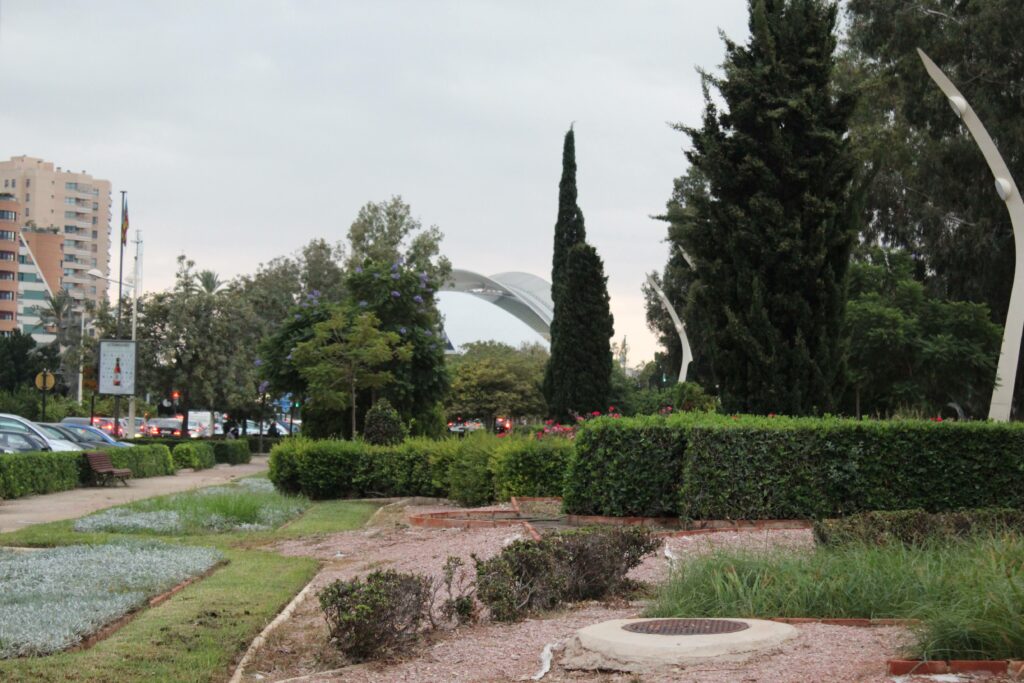



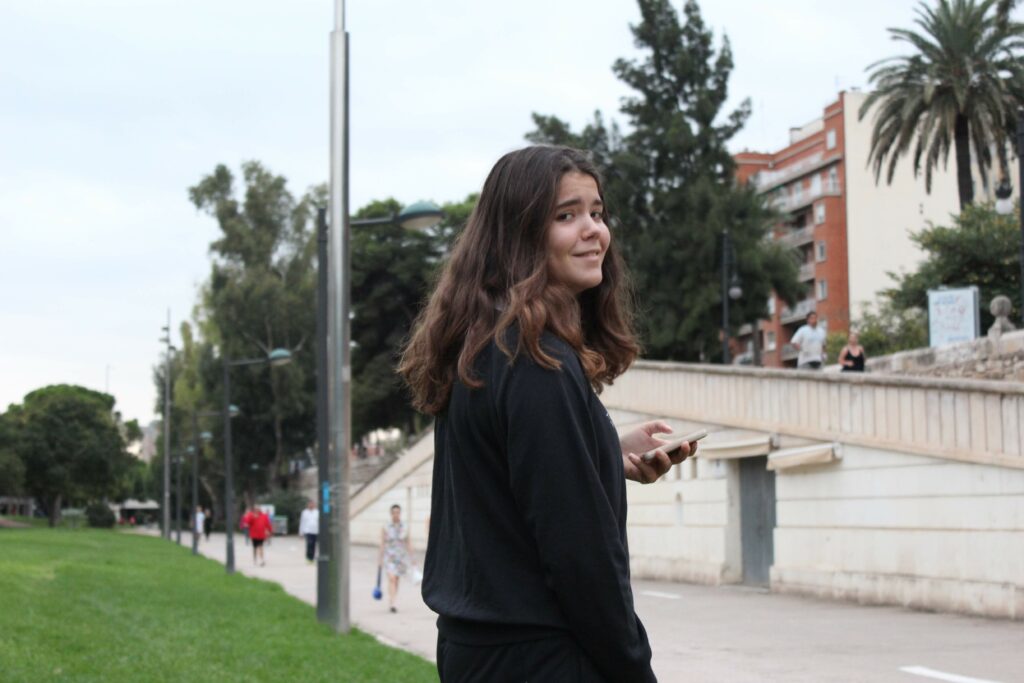

Landscape Abstract Print
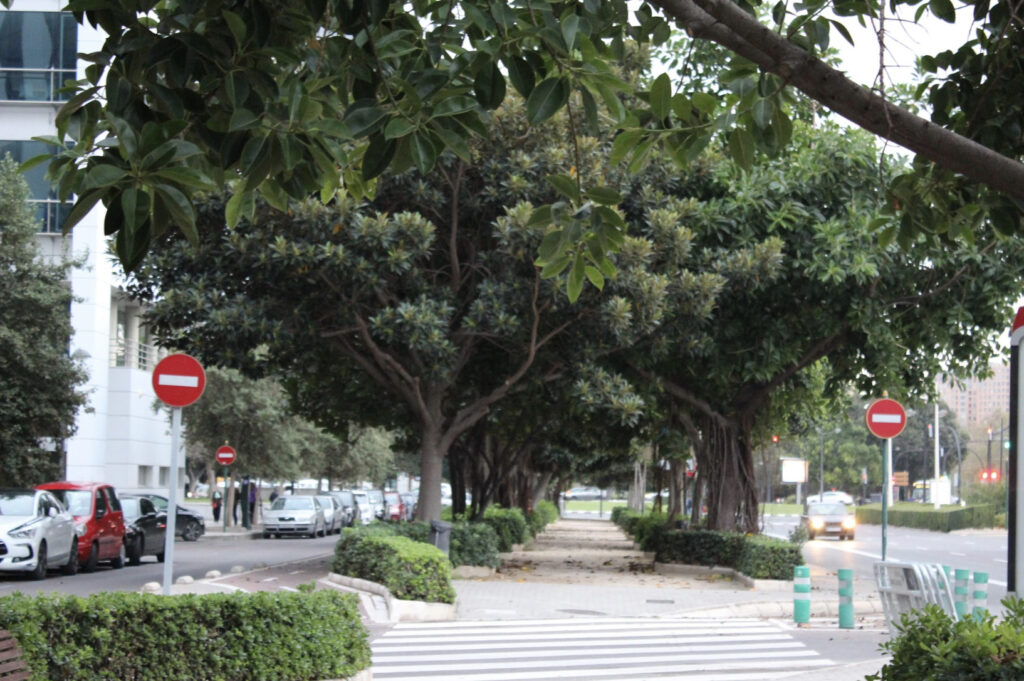



Christina’s World by Andrew Wyeth (1948)



The reason I chose this art piece was mostly due to the background. The high hills, the dark house and the distance of said house from the up close character (being a woman called Anna).
The fascinating story of the painting is that it’s use of dark colours for the background and house depicts a more depressing environment with the cloudy skies but yet contrasting it with Anna’s pink dress. Where she comes across as radiant yet slightly hopeless with Anna looking into the beyond without her face being shown.
In this painting Anna was disabled and crawled everywhere as she had a degenerative muscular disorder which left her unable to walk. However, the reason she crawled everywhere was due to Anna being firmly against using a wheelchair.
Andrew Wyeth spotted her crawling across a field while he was watching from a window in the house which is what inspired his painting.
The determination of Anna really inspired me to use this painting as inspiration for my project as it show cases hard times yet people can still pull through. That’s the same message I want to give with my project.
Being in a dry humid city made it hard to find land, never mind grass. This photo I had taken was the best piece of land we could find as it was Autumn at the time so half of the grass had fully dried up and it’s colour had faded. I felt as though the texture and tone of the grass was similar to Christina’s World which was exactly what I was looking for.


Jeff Wall Photography




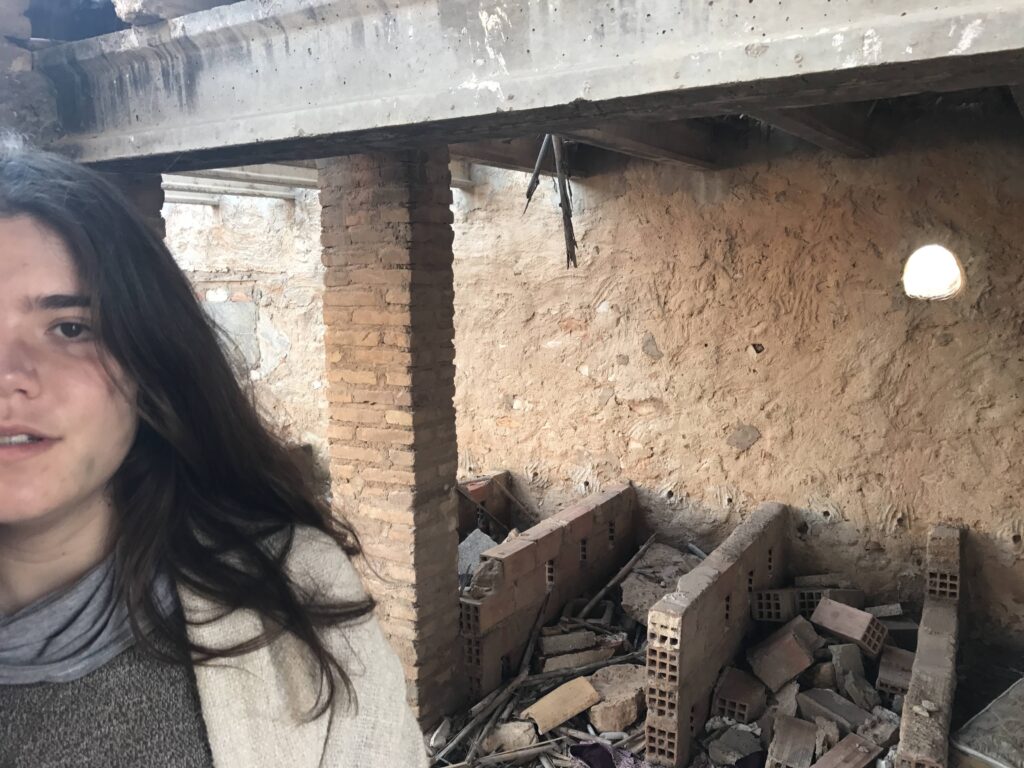


Coloured Realism

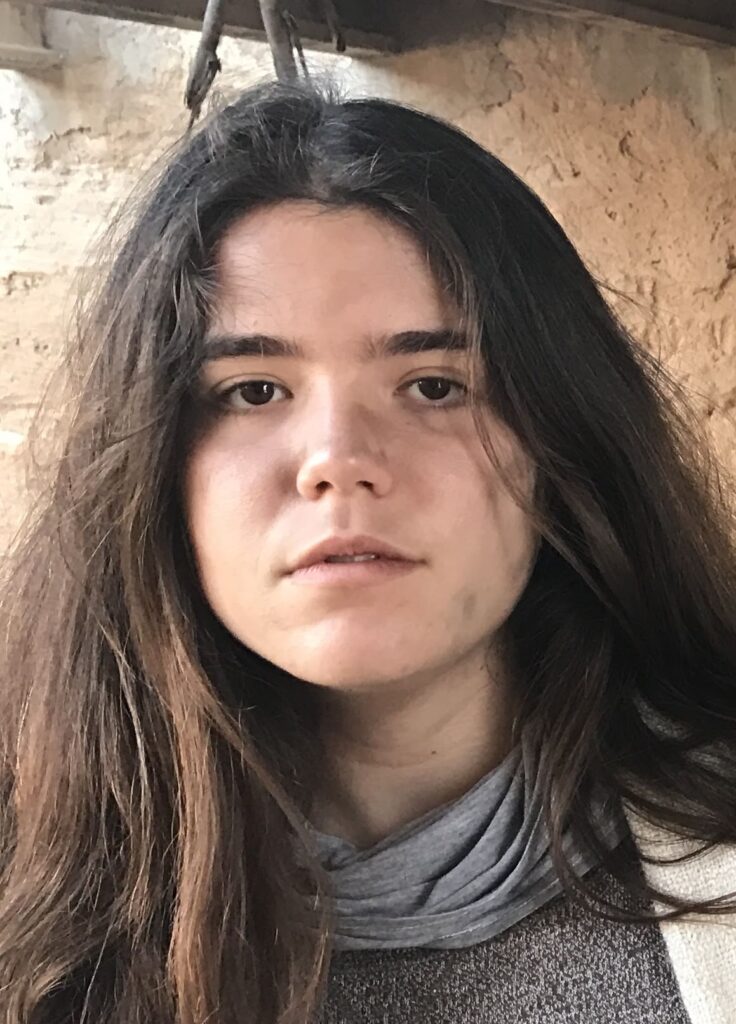





Studies of Human Figures from Life

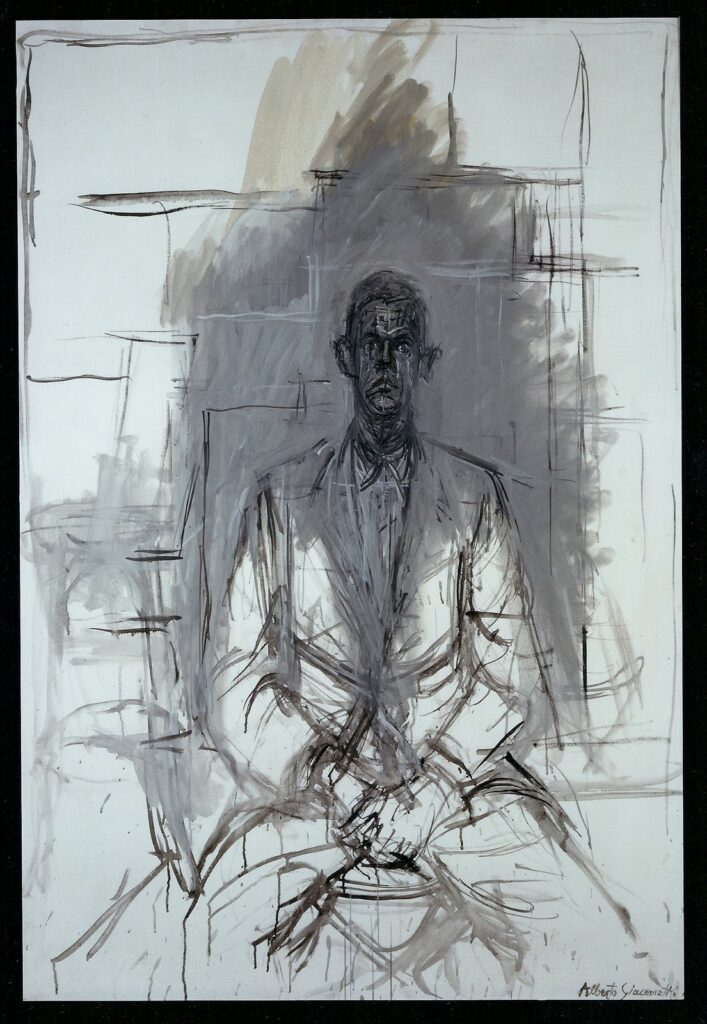






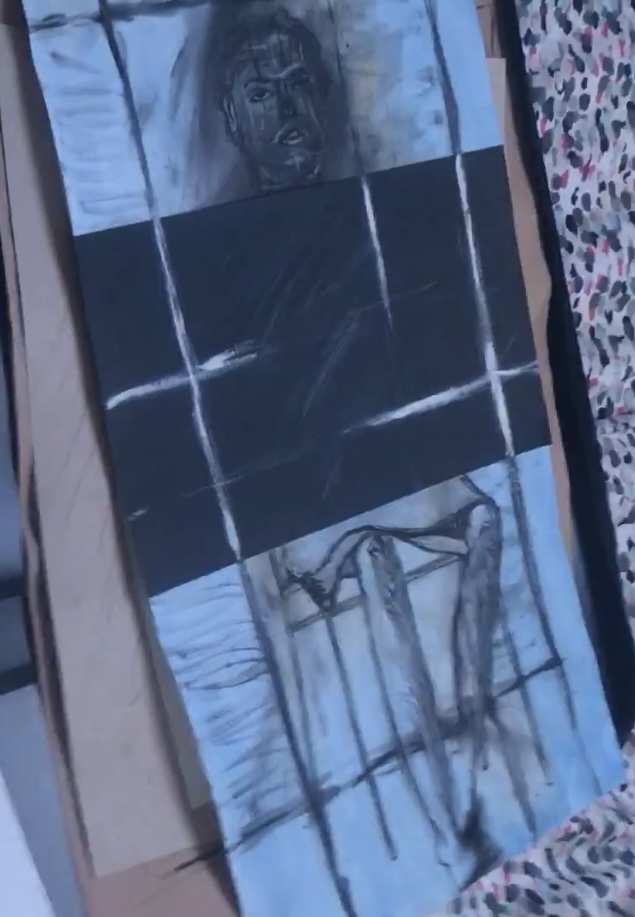







Françoise Nielly – Layering techniques and colour contrast studies


Here, I have chosen the artist Françoise Nielly to study from as she works with acrylic paint where she uses a technique of painting with a palette knife to create a specific texture yet keeps the intricate details of the facial features. The artist tends to use a close up image of the person, usually celebrities. These portraits are large, vibrant and with a consistency of multiple layers of paint.
When colours opposite each other on the colour wheel are placed next to each other, the brightness intensifies and makes a strong contrast. Neilly uses complimentary fluorescent paints which glow in the dark, as well as using oil paints also helps to achieve a rich, intense finish.
I feel as though her technique and colour contrast really represents the topic “Fragments.” Further into my studies of portraits and emotion she selects portrait images of celebrities where they’re more joyous or calm.
The range of colours where they’re cut into one by one shows a good example of a usage of “fragments” where there’s a strong contrast yet still is complimentary and highlights the shadows and details of the face.

I decided to take photos of certain facial features of my parents. First I sketched the nose and lips to get a better understanding of the shadows and highlights of them.
I chose to work with the materials coloured pencils and collaging with magazines.
For the nose I used coloured pencils where I used darker tones to highlight the shadows and lighter colours for the brighter areas such as the bridge of the nose, the eyelid, the nostrils and button/tip of the nose. I chose coloured pencils to showcase the usage of bright colours, tone and contrast.
For the lips I used a magazine where I cut out selected pieces to collage for creating an image. Françoise Nielly made her paint look sharp and cut which is why I chose this material. The images I have of my work aren’t the best quality of this specific piece so I’ve gathered further images as well as a video below.




As seen I chose to work with 2 colours here as in certain artworks of Françoise Nielly she occasionally worked with a set palette or even a set palette around a specific facial feature.
I chose the colours pink and green where I selected different shades of the 2 colours to highlight the shadows and lighting on the lips and around. I did want the lips to be the main focus which is why I chose a much lighter tone of the colour pink and the surrounding a much darker tone of green. Françoise Nielly tends to use lighter shades of certain colours to highlight the main features of the face such as the eyes, lips and nose.
The Final Piece


